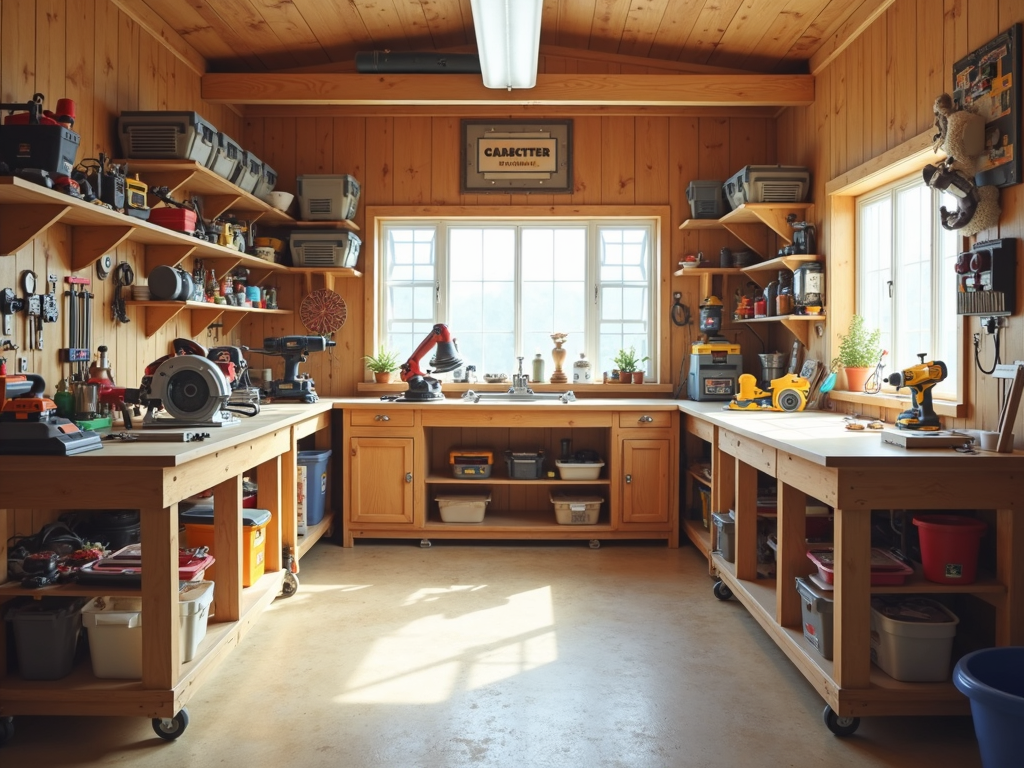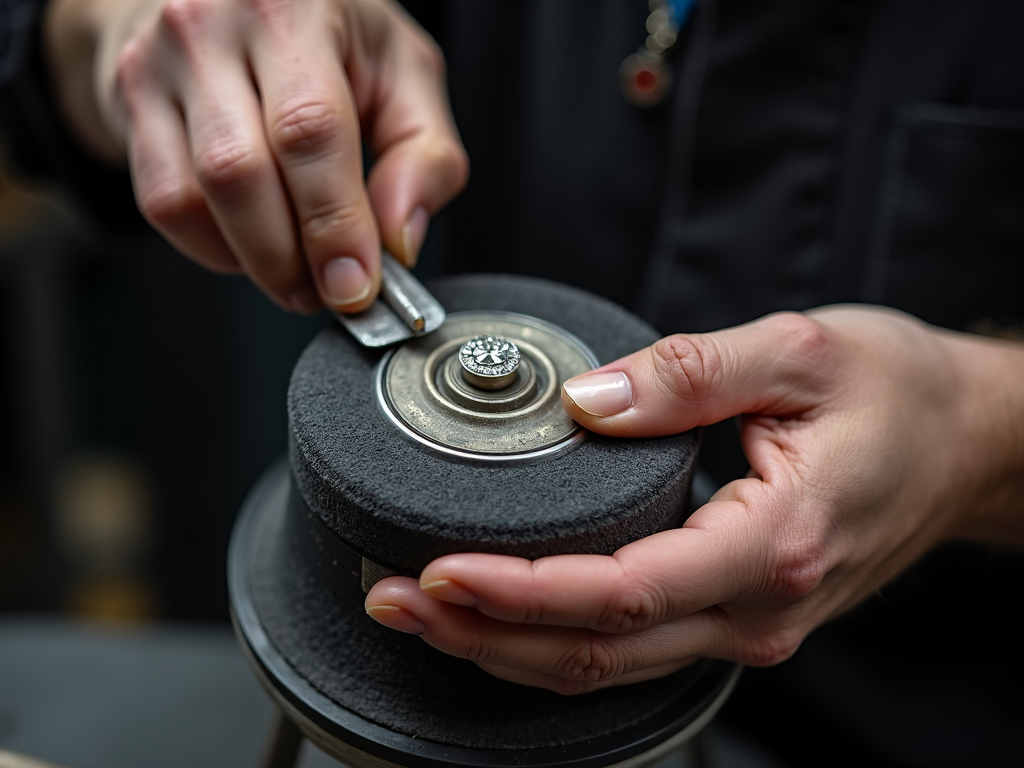Have you ever wondered why some colors look great together while others clash? Or how to pick the perfect paint color for your living room? That's where color theory comes in. It's like a roadmap for understanding how colors work together, and it can make a huge difference in your home decor projects.
In this article, we'll start with the basics: the color wheel and the different types of colors. Then, we'll dive into color harmony—how to combine colors in a way that's pleasing to the eye. Finally, we'll apply these concepts to a practical scenario: painting your room. You'll learn how to choose the best paint color, prep your room like a pro, and even pick up some DIY hacks and innovative tools to make the job easier.
The Color Wheel
The color wheel is a visual tool that shows how colors relate to each other. It was first created by Sir Isaac Newton in the 17th century when he discovered that white light could be split into a spectrum of colors. Today, the color wheel is an essential tool for artists, designers, and anyone working with color.
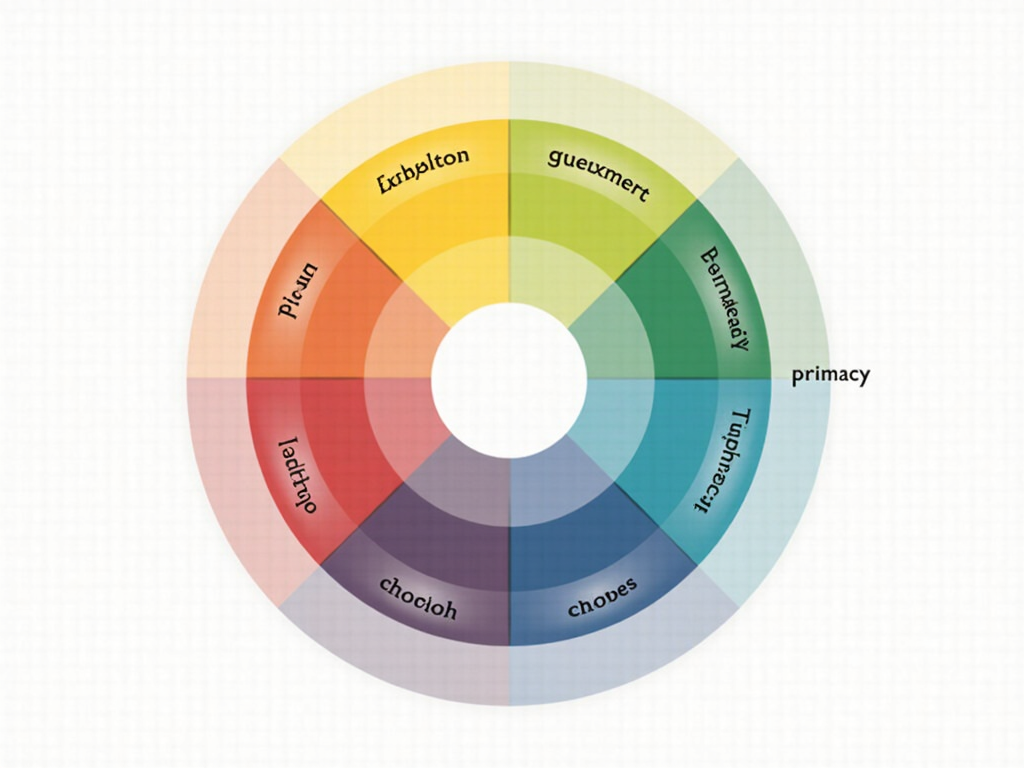
Primary, Secondary, and Tertiary Colors
Colors on the wheel are categorized into three groups:
-
Primary colors: Red, blue, and yellow. These are the building blocks of all other colors and cannot be created by mixing other colors.
-
Secondary colors: Green, orange, and purple. These are made by mixing two primary colors.
-
Tertiary colors: Colors like red-orange, yellow-green, and blue-purple, created by mixing a primary and a secondary color.
Understanding these categories helps you see how colors are related and how they can be combined.
Color Harmony
Color harmony is about creating visually appealing combinations of colors. There are several schemes you can use:
-
Complementary: Colors opposite each other on the color wheel, like red and green. They create high contrast and can make each other pop.
-
Analogous: Colors next to each other, like blue, blue-green, and green. They create a harmonious and cohesive look.
-
Triadic: Three colors evenly spaced on the wheel, like red, yellow, and blue. This scheme offers balance and vibrancy.
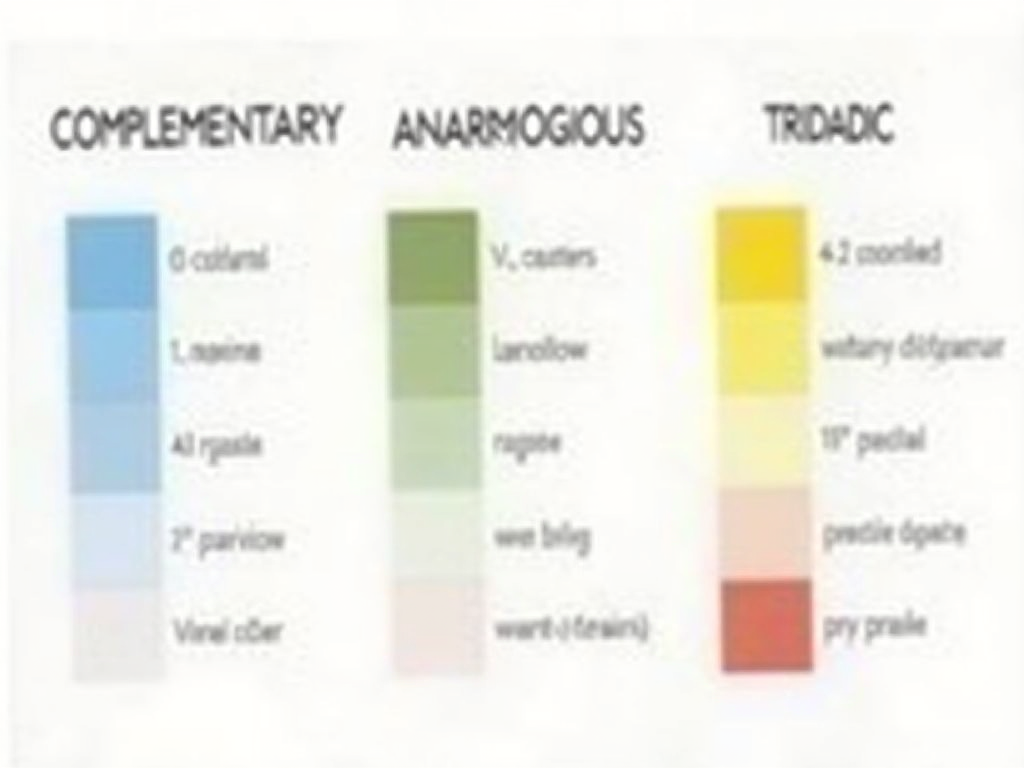
Applying Color Theory to Interior Painting
Now that you understand the basics of color theory, let's see how you can use this knowledge when painting your room.
How to Choose the Best Paint Color for Your Room
Choosing the right paint color can feel overwhelming, but color theory can simplify the process. Start by deciding on the mood you want to create:
-
Warm colors like red, orange, and yellow can energize a space and make it feel cozy.
-
Cool colors like blue, green, and purple can create a calming and relaxing atmosphere.
Also, consider the existing elements in your room, such as furniture and flooring. Choose a color that complements these items.
A helpful tip is to use the 60-30-10 rule: 60% of the room should be a dominant color (usually the walls), 30% a secondary color (furniture or large accents), and 10% an accent color (decorative items).
Don't forget to test paint samples on your walls. Colors can look different under various lighting conditions, so observe them at different times of the day.
How to Prep Your Room for a Perfect Paint Job
Proper preparation is crucial for a smooth painting experience. Follow these steps:
-
Clear the room of furniture or cover it with drop cloths.
-
Remove wall decorations and fill any holes or cracks with spackle.
-
Clean the walls to remove dust and grime.
-
Use painter's tape to protect trim, windows, and other areas.
-
Apply a primer if necessary, especially when painting over dark colors or bare drywall.
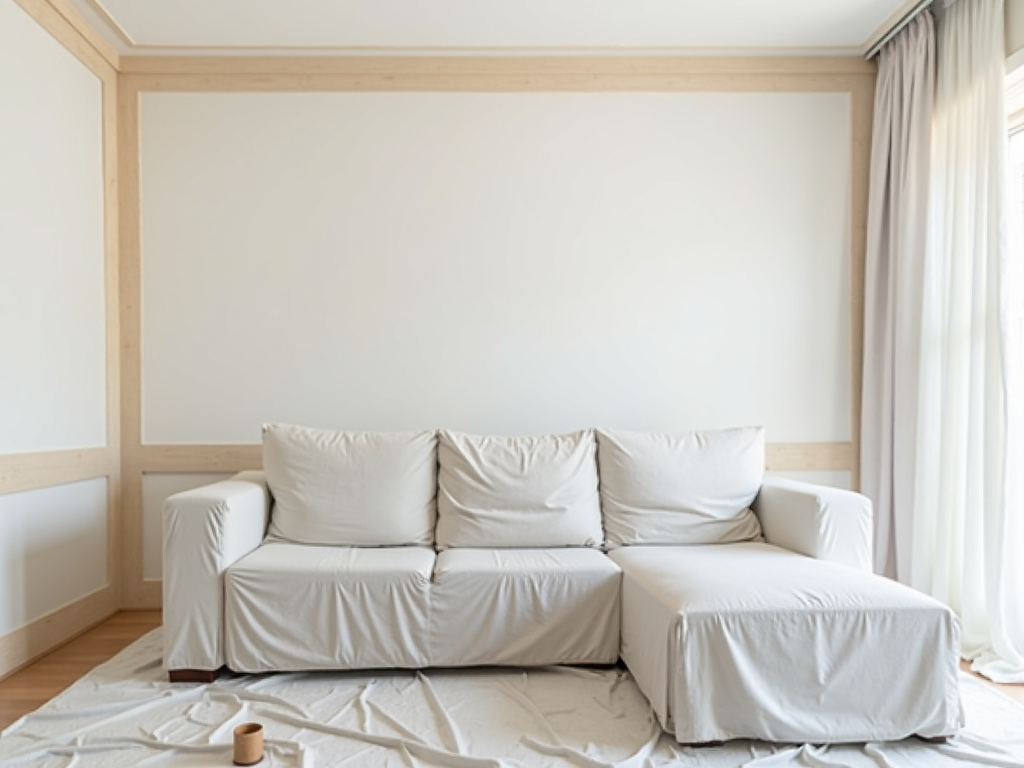
DIY Painting Hacks for Perfect Results
Even if you're not a professional, these hacks can help you achieve a great finish:
-
Use a paint grid in your tray for even roller coverage.
-
Employ a small foam brush for clean edges and corners.
-
Maintain a wet edge by overlapping each stroke slightly to avoid lap marks.
-
For large areas, consider using a paint sprayer for faster and more even application.
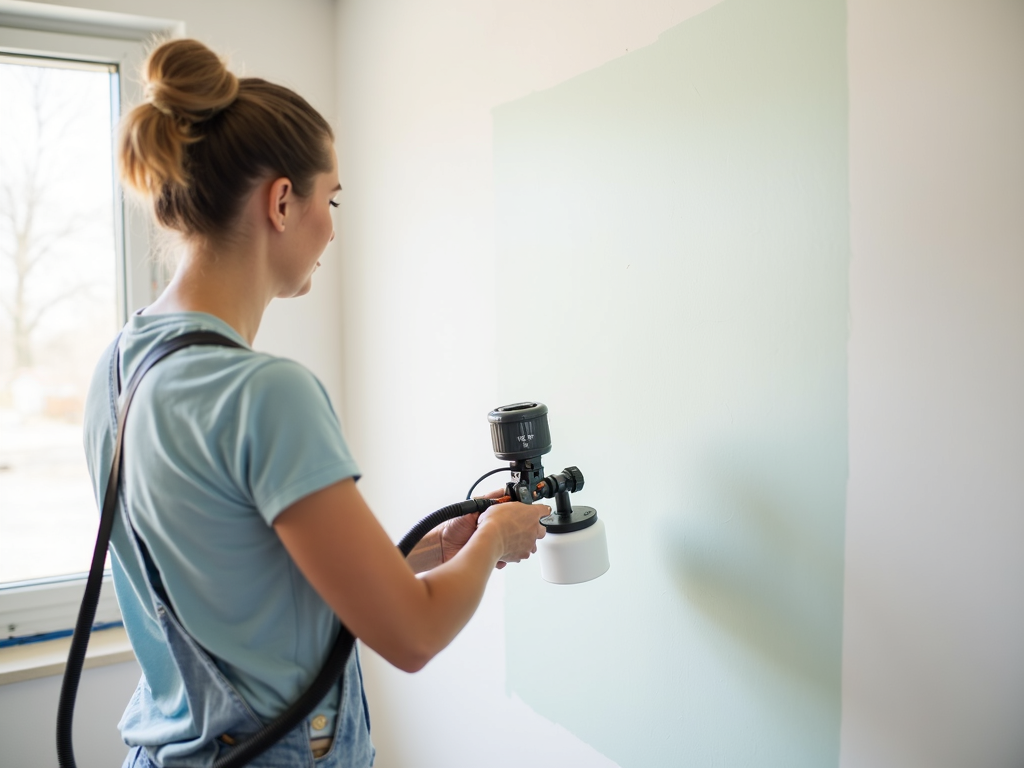
Innovative Painting Tools for Efficiency
There are many tools that can make painting easier:
-
Paint edgers: Help achieve crisp lines without taping.
-
Extension poles: Allow you to reach high areas without a ladder.
-
Paint mixers: Ensure your paint is well-blended.
-
Paint pourers: Help transfer paint without spills.
-
Smart painting apps: Let you visualize colors in your room before painting.
Conclusion
Understanding color theory can transform the way you approach painting your home. By mastering the color wheel, color harmony, and practical painting techniques, you can create spaces that are not only beautiful but also reflect your personal style.
Remember, the best way to learn is by doing. So, grab a paintbrush and start experimenting with colors. You might be surprised at what you can achieve!
Related Color Theory 101: Understanding the Basics:
- Steer Clear of These Beginner Woodworking Errors: A Guide to Safe and Successful Projects
- Essential Power Tools for Woodworking
- The Ultimate Guide to High-Quality Workman Tools for Professionals
- Sensors in Automation: Types and Applications
- Top 10 Jewelry Making Techniques for Beginners: A Comprehensive Guide
- Hammer Time: Your Guide to Choosing the Perfect Hammer for Every Job
- Popular Brands for Workman Tools
- How to Choose the Right Hammer for Your Project
- DIY Projects to Test Your New Tools: A Comprehensive Guide
- Top 10 Power Washer Accessories for Car Cleaning
- Essential Workman Tool Maintenance Tips for Longevity and Performance
- Top 10 Electrical Tools Every Homeowner Should Have

